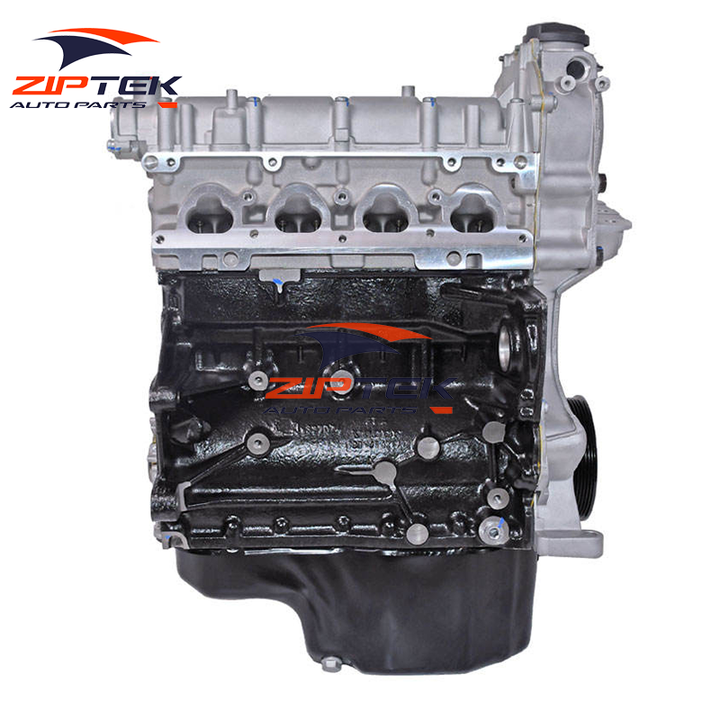Select a cost-effective clp engine for industrial applications.
Select a cost-effective clp engine for industrial applications.
Blog Article
Exactly How a Clp Engine Can Boost Effectiveness in Various Industries
The arrival of CLP engines marks a substantial shift in functional effectiveness throughout different fields, driven by their capability to maximize fuel intake and reduce downtime. Industries such as production and logistics stand to acquire substantially from their robust layout and consistent power outcome, which promise to enhance operations and improve performance. As organizations significantly prioritize sustainability along with efficiency, the function of CLP engines becomes much more vital. What continues to be to be seen is exactly how these innovations will shape the future landscape of commercial procedures and their effect on more comprehensive economic patterns (clp engine).
Introduction of CLP Engines
CLP engines, or Continual Fluid Propellant engines, stand for a considerable development in propulsion innovation, specifically for room applications. These engines use a constant feed system that enables the sustained expulsion of propellant, resulting in enhanced performance and efficiency contrasted to conventional solid or hybrid propulsion systems. By preserving a constant flow of liquid propellant, CLP engines can accomplish more precise thrust control, which is crucial for steering spacecraft in numerous objective circumstances.
The design of CLP engines integrates advanced materials and cutting-edge fuel management systems. clp engine. This leads to minimized weight and increased reliability, essential aspects for long-duration space missions. The continual operation minimizes the risk of burning instability, an usual difficulty in conventional rocket engines.

Benefits in Manufacturing
The production of Continuous Fluid Propellant (CLP) engines presents a number of remarkable benefits that boost both efficiency and cost-effectiveness. Among the main advantages is the structured manufacturing procedure, which minimizes the complexity connected with typical propulsion systems. By making use of fluid propellant, makers can achieve better accuracy in engine performance, bring about optimized power result and lowered waste.
In addition, CLP engines facilitate a greater level of modularity, permitting for simpler assimilation right into various manufacturing lines. This flexibility can significantly reduce lead times and boost total functional adaptability. Making use of CLP technology likewise often tends to lessen the demand for extensive maintenance because of less relocating components, which translates into minimized downtime and functional prices.

Applications in Logistics
Leveraging Continual Fluid Propellant (CLP) engines in logistics supplies considerable benefits in functional effectiveness and dependability. These engines offer a robust remedy for different transport needs, enabling the smooth activity of items throughout substantial distances. The intrinsic style of CLP engines permits for regular power result, which converts into smoother and extra foreseeable transportation routines.
One of the essential applications of CLP engines in logistics remains in heavy-duty freight transportation, where they can drive both ground and airborne vehicles. Their capacity to keep high performance under varying lots conditions guarantees that delivery timelines are met, thus boosting client satisfaction. In addition, CLP engines can be integrated right into automated logistics systems, promoting real-time monitoring and maximizing course planning.
Moreover, the longevity of CLP engines decreases maintenance downtime, permitting logistics business to maximize their operational capabilities. This is particularly beneficial in warehousing operations, where performance in dealing with and carrying products is critical. As logistics remains to evolve, the assimilation of CLP engines represents a forward-thinking approach that not just improves performance yet likewise supports the market's expanding demands for reliability and speed.
Influence On Energy Effectiveness
How do Constant Liquid Propellant (CLP) engines enhance energy performance in transport? CLP engines make use of a consistent flow of fluid fuel, enhancing combustion processes and keeping a stable drive output. This style lessens energy losses connected with standard combustion engines, where fuel distribution can vary and cause inadequacies.
The continual procedure of CLP engines permits for an extra effective thermal cycle, causing greater specific impulse compared to standard engines. clp engine. This converts to lowered fuel intake for the exact same amount of work done, substantially reducing operational costs throughout various transport markets, including aviation and maritime sectors
Moreover, the capacity of CLP engines to keep ideal efficiency under differing lots conditions decreases the demand for constant velocity and slowdown, even more enhancing fuel effectiveness. Boosted energy effectiveness not just contributes to set you back savings however also results in decrease greenhouse gas discharges, aligning with international sustainability goals.
Future Trends and Innovations
Emerging developments in Constant Fluid Propellant (CLP) engine modern technology promise to revolutionize the landscape of transport efficiency and sustainability. As sectors pivot toward greener choices, CLP engines stand at the center, integrating innovative materials and design approaches that boost performance while reducing ecological impact.
One of one of the most encouraging trends is the adoption of hybrid systems that integrate CLP engines with renewable resource resources. This harmony can enhance fuel consumption and decrease discharges, straightening with global sustainability goals. Moreover, developments in computational liquid dynamics (CFD) are promoting the style of original site more aerodynamically effective engines, leading to lowered drag and improved gas efficiency.
Furthermore, the growth read review of smart surveillance systems is established to boost operational efficiencies. These systems utilize data analytics and IoT innovation to enhance engine performance in real-time, making certain that the engines operate within their most efficient criteria.
As research proceeds to explore alternate propellant formulas-- such as biofuels and synthetic fuels-- the future of CLP engines looks appealing. By using these developments, markets can not only improve their efficiency yet additionally add significantly to a cleaner, extra sustainable future in transport.
Verdict
Finally, CLP engines represent a considerable development in efficiency across multiple markets. Their ability to enhance fuel usage and reduce functional costs, combined with a continuous feed system, improves power result and operational integrity. The integration of advanced products and less moving parts lessens maintenance requirements, while alignment with sustainability goals settings CLP engines as a crucial innovation for the future. Continued advancement in link this area assures more improvements in performance and environmental performance.
Report this page